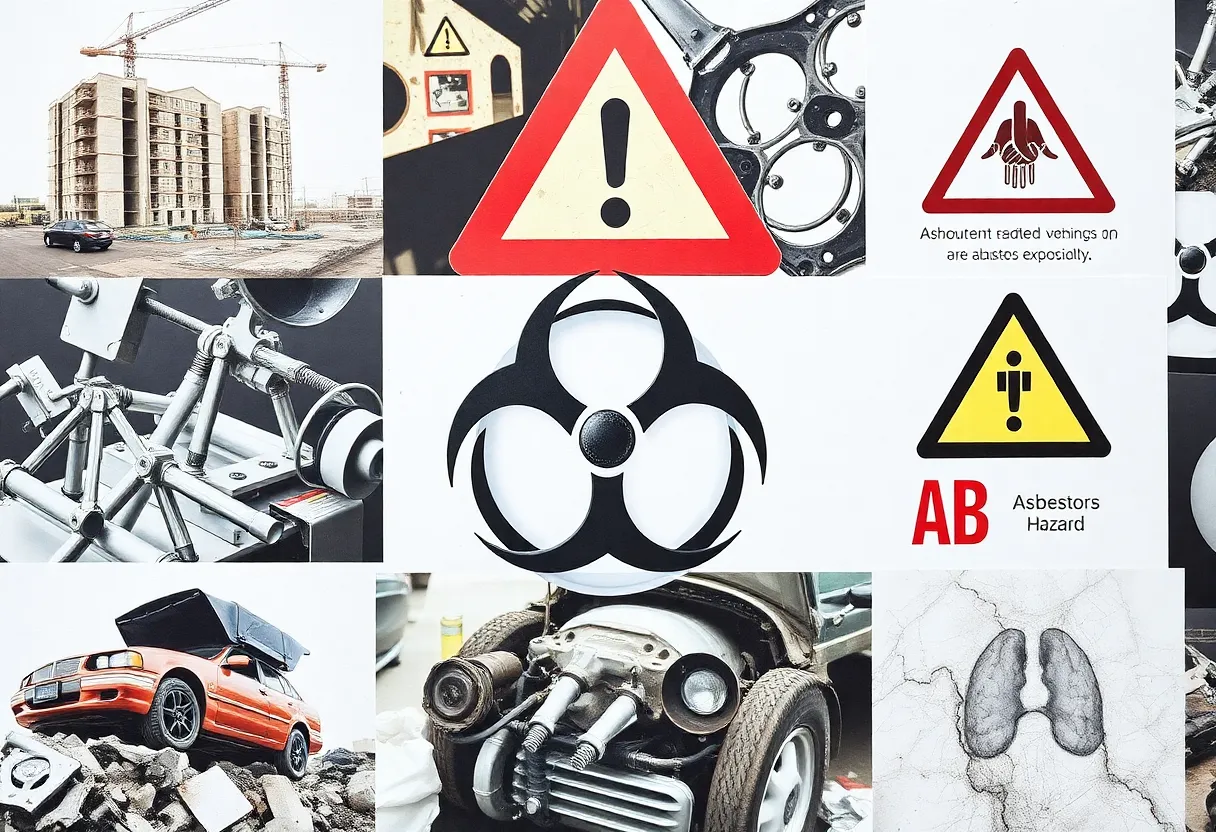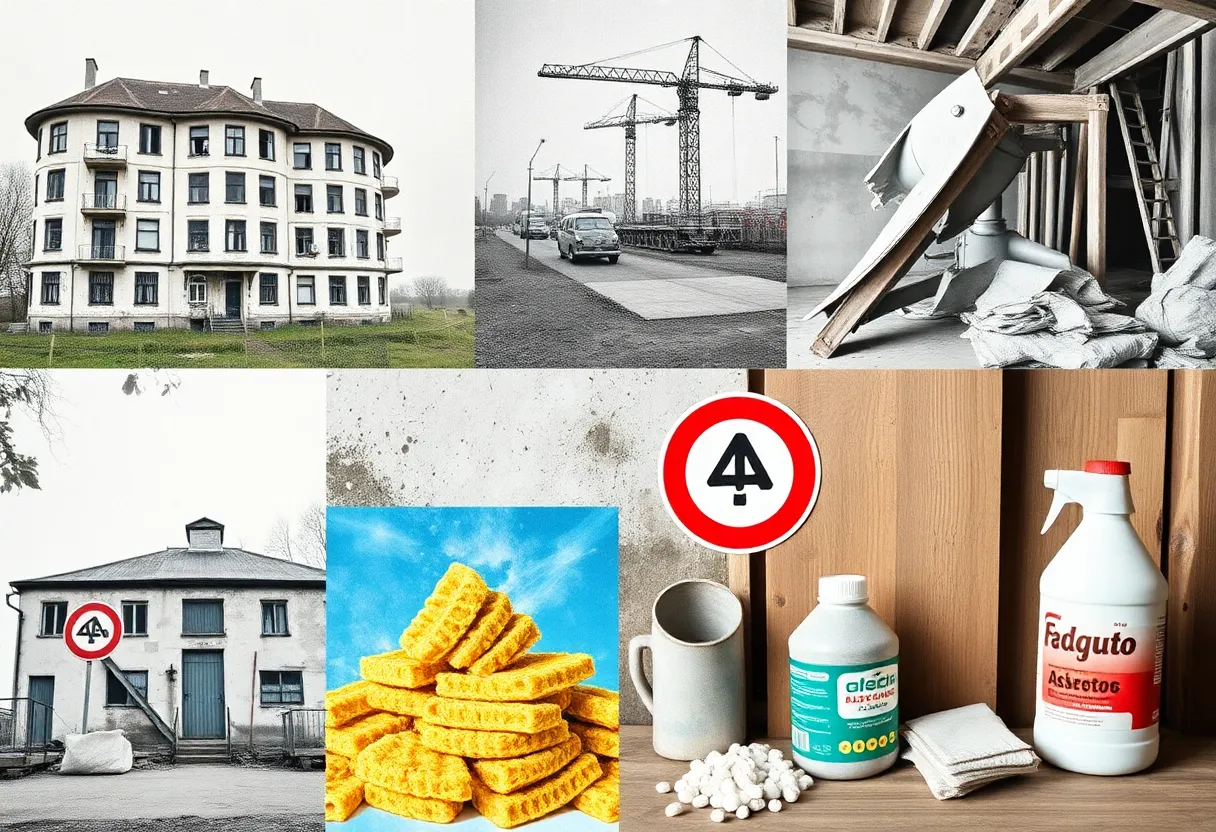News Summary
The EPA has announced plans to reconsider the chrysotile asbestos ban imposed by the Biden administration, raising concerns over public health and industry interests. Asbestos exposure is linked to severe health risks, including mesothelioma and lung cancer, and this reconsideration could lead to a rise in asbestos-related deaths. The situation poses a critical moment for public health policy, as the agency balances scientific evidence against industrial pressures.
EPA’s Shift on Asbestos Regulation: A Dangerous Gamble?
In a controversial move, the Environmental Protection Agency (EPA) has announced plans to reconsider the ban imposed by the Biden administration on the last type of asbestos still permitted in the United States. The agency stated it would closely examine whether the ban on chrysotile asbestos—a fibrous mineral long connected to dire health risks—was “beyond what is necessary.” This reconsideration comes as the country faces a troubling crossroads between established scientific evidence and mounting pressure from industry stakeholders.
Asbestos: A Silently Lethal Hazard
Asbestos is not just any mineral; it is a notorious component associated with numerous health burdens, including mesothelioma, a deadly form of cancer that primarily affects the lungs. Each year, around 40,000 deaths in the USA are attributed to asbestos exposure, with approximately 5,000 fatalities documented in the UK as well. For decades, the substance was lauded for its exceptional heat resistance, durability, and insulating properties, features that made it popular in various industries. Today, however, public awareness around its health ramifications has risen sharply, revealing the terrifying truth: there is no known way to remove asbestos from the lungs after exposure, and treatments remain elusive.
The Current State of Use
Although asbestos exposure has been largely curtailed in the United States, certain applications persist, particularly in the automotive and construction sectors. Common uses include insulation, brake pads, and various building materials such as roof and floor tiles. Asbestos fibers can become airborne whenever these products are disturbed, elevating the risk of exposure. Additionally, historical consumer items—ranging from appliances and textiles to toys—contained asbestos, leaving lingering dangers in older homes and public buildings. The reality remains that individuals working in high-risk environments continue to be vulnerable to this hazardous substance.
Health Fallout from Exposure
The health repercussions of asbestos exposure go beyond mesothelioma. Victims can also face an array of other serious conditions—most notably, lung cancer, asbestosis, and pleural disease. Exposure can even lead to cancers of the larynx and ovary. As awareness about these potential health effects has increased, an emphasis on regular medical exams, flu vaccinations, and cessation of smoking has grown among health professionals to help mitigate risks for those affected.
Past and Present Regulations
Historically, the dangers of asbestos exposure were either downplayed or outright denied by certain manufacturers and industry groups for decades. This denialism continued until the late 20th century, when the overwhelming evidence finally forced a reckoning. The American Information Association (AIA), once a formidable lobby for asbestos use, disbanded in the early 2000s amidst a wave of litigation and escalating public health incidents. The EPA’s decision in March 2024 to ban chrysotile asbestos marked a significant shift, halting new uses and imports while introducing a gradual phase-out plan for existing supplies.
The Current Reconsideration: Implications Ahead
As the EPA embarks on its review, the American Chemistry Council (ACC) has expressed concern about the ban’s potential impact on supply chains. Former president Donald Trump was also known for his downplaying of asbestos dangers, posing an additional challenge to any forthcoming regulations. A lifting of the ban could signify a grim future; experts warn that such action may lead to an increase in asbestos-related deaths, while countries like the UK continue to see declining rates due to stringent regulations.
A Crucial Moment for Public Health Policy
The reconsideration of asbestos regulation in the USA emphasizes a conflict between scientific evidence and industry interests. As the EPA plans to revisit the previous administration’s rules within the next 30 months, public health advocates are left anxiously wondering—will the government prioritize the safety of its citizens, or will the industrial agenda prevail? The outcome of this pivotal decision could redefine the future trajectory of asbestos use and its associated health risks in America.
Deeper Dive: News & Info About This Topic
HERE Resources
Keltbray Transforms into Asbestos Removal Specialist
Uncertainty Looms Over OSHA: Vital Protection for Workers at Risk
Tragic Aftermath of Asbestos Exposure: A Woman’s Battle with Mesothelioma
Mesothelioma: The Silent Killer of Veterans
The Endless Battle Over Asbestos: A New Chapter in the Chrysotile Saga
35 Years After the U.S. Asbestos Ban: Americans Still Await Protections
Former Welder Files Lawsuit After Lung Cancer Diagnosis Tied to Asbestos Exposure
The Ongoing Battle Against Asbestos: Mesothelioma Awareness
Family Seeks Answers After Father’s Death from Mesothelioma
The Hidden Dangers of Asbestos in Central Asia: A Growing Public Health Concern



















